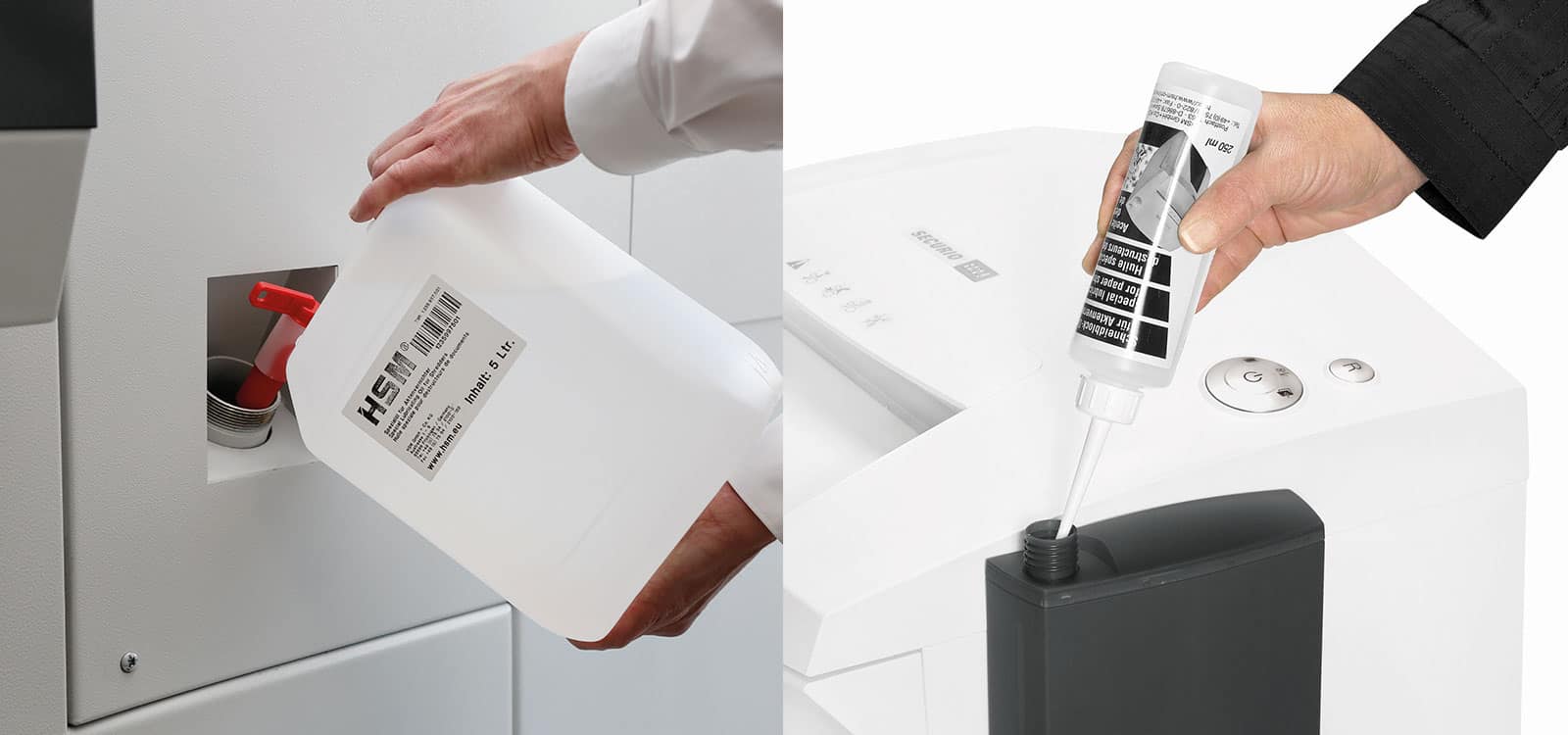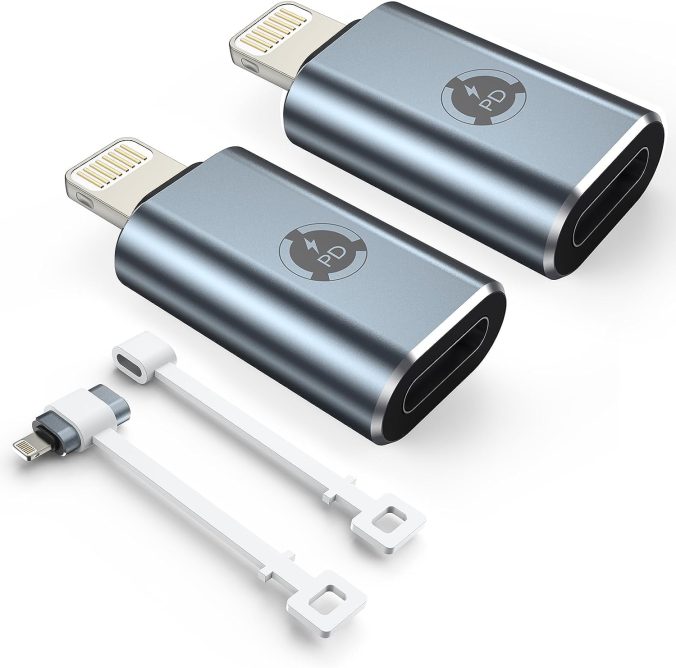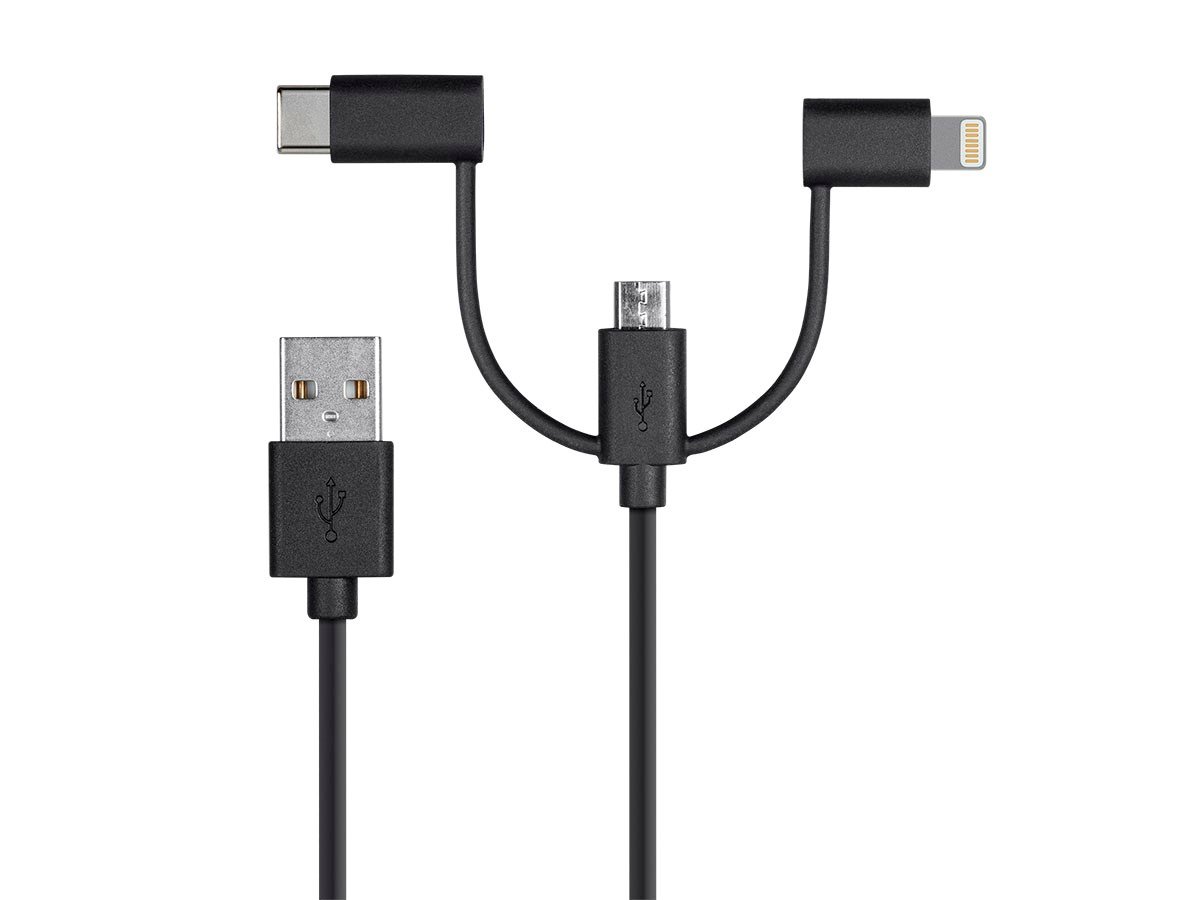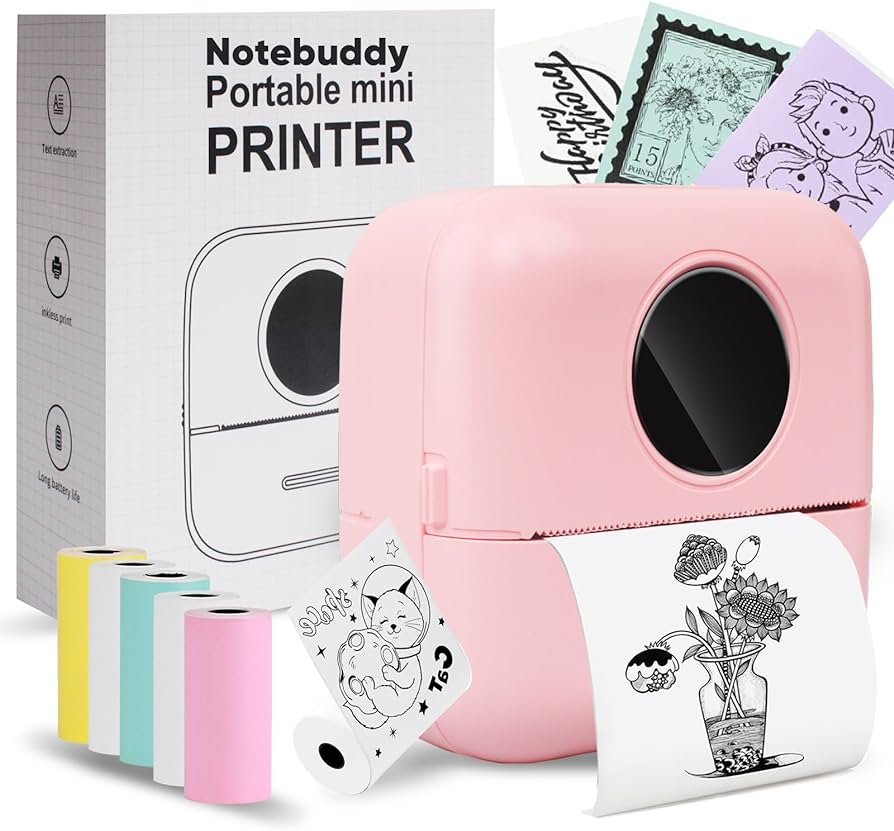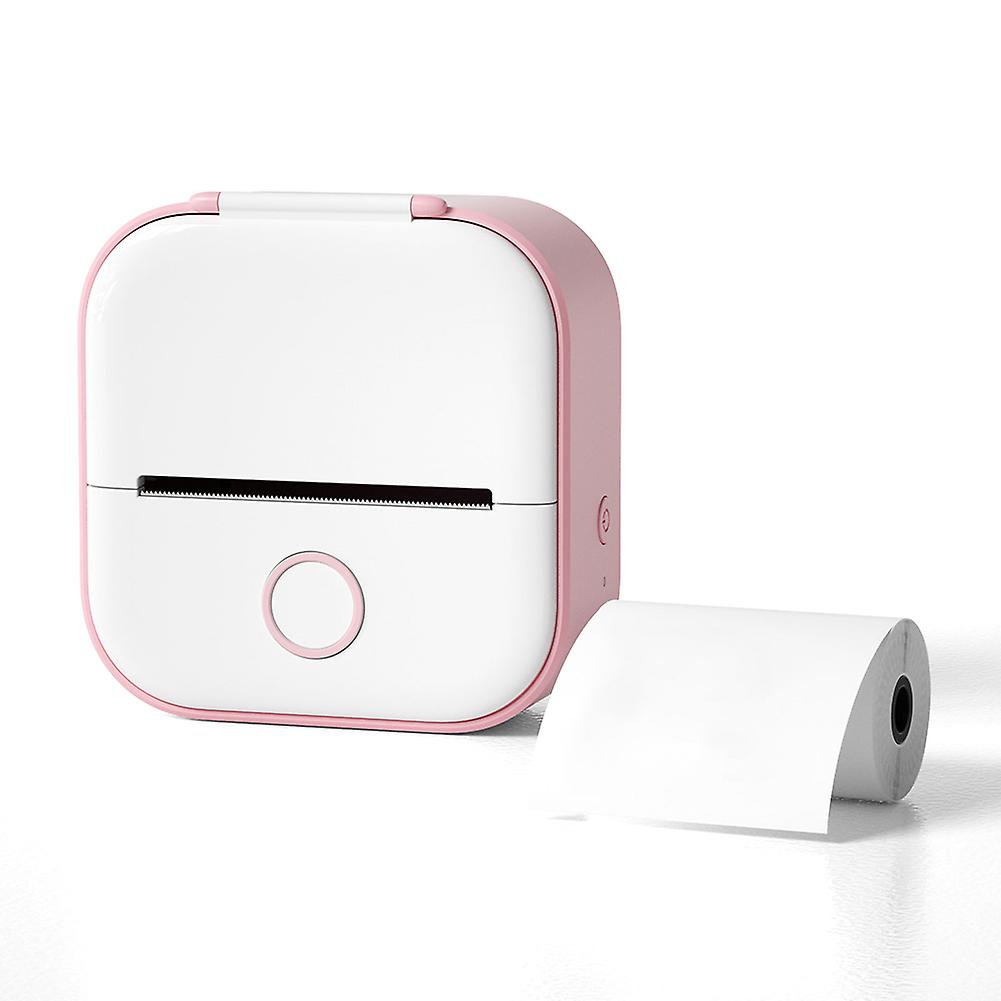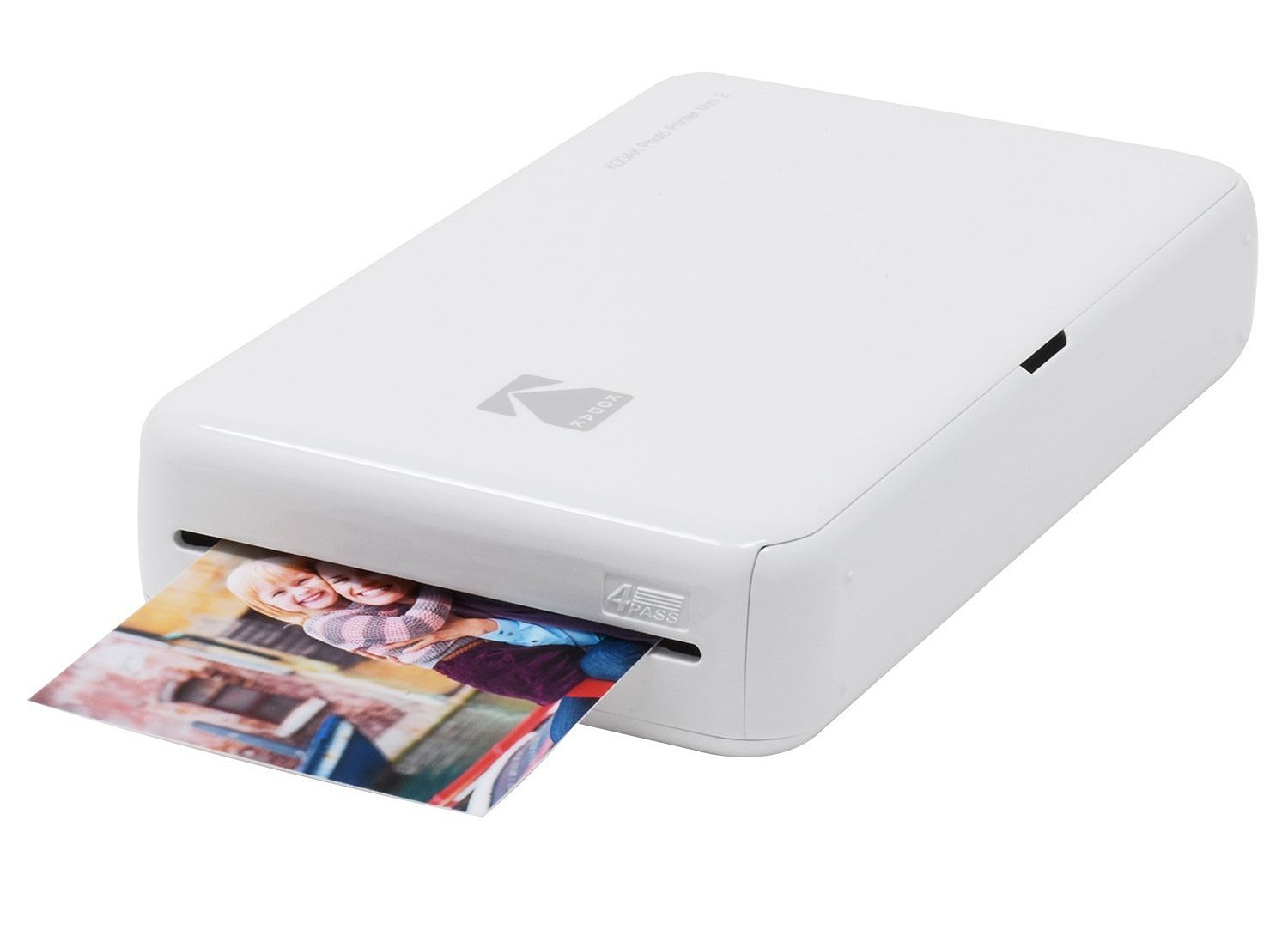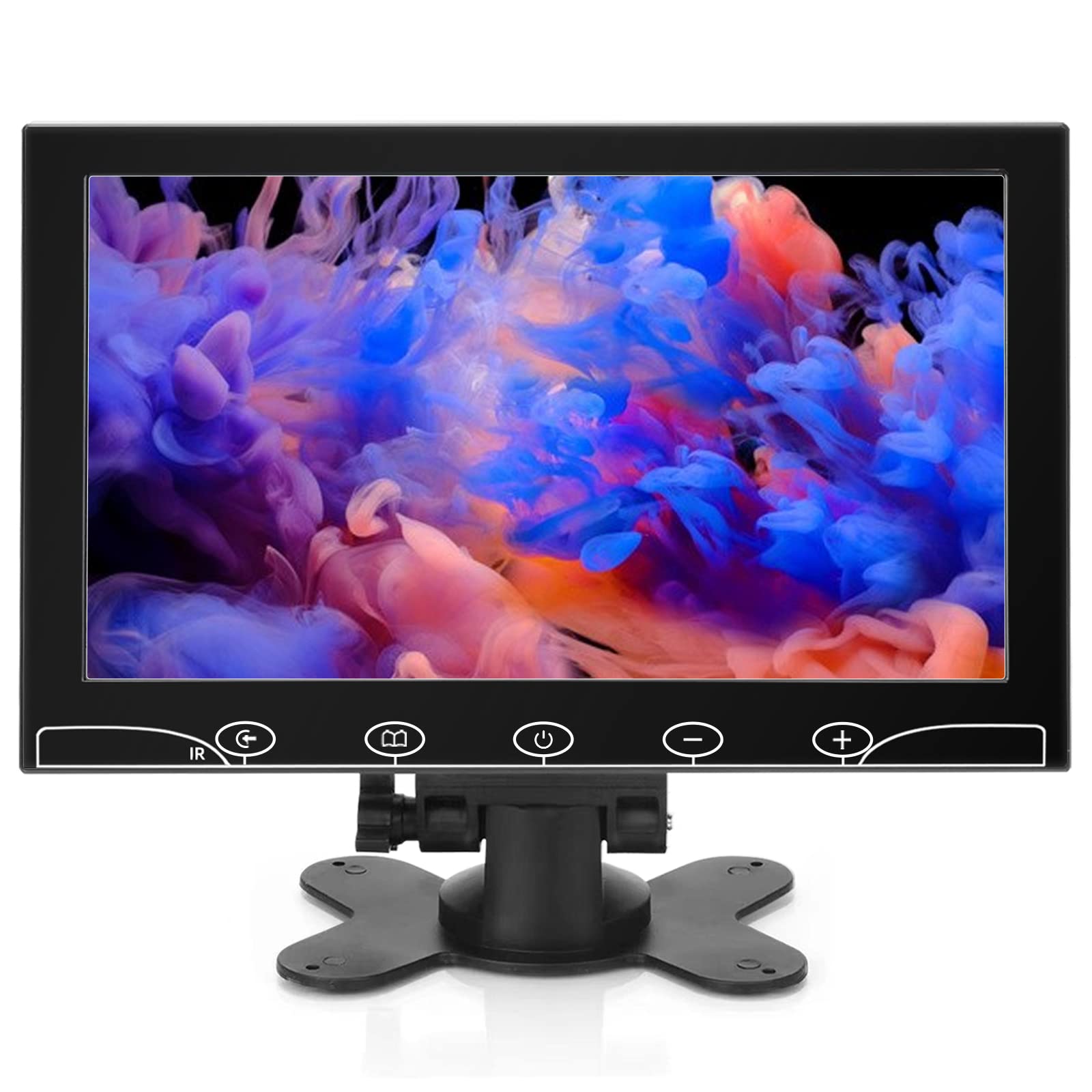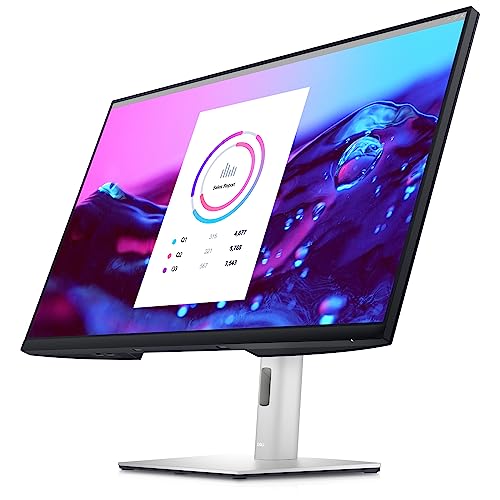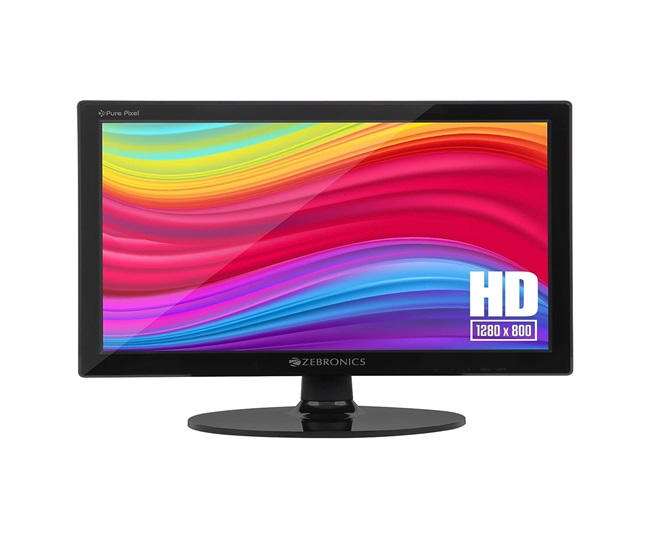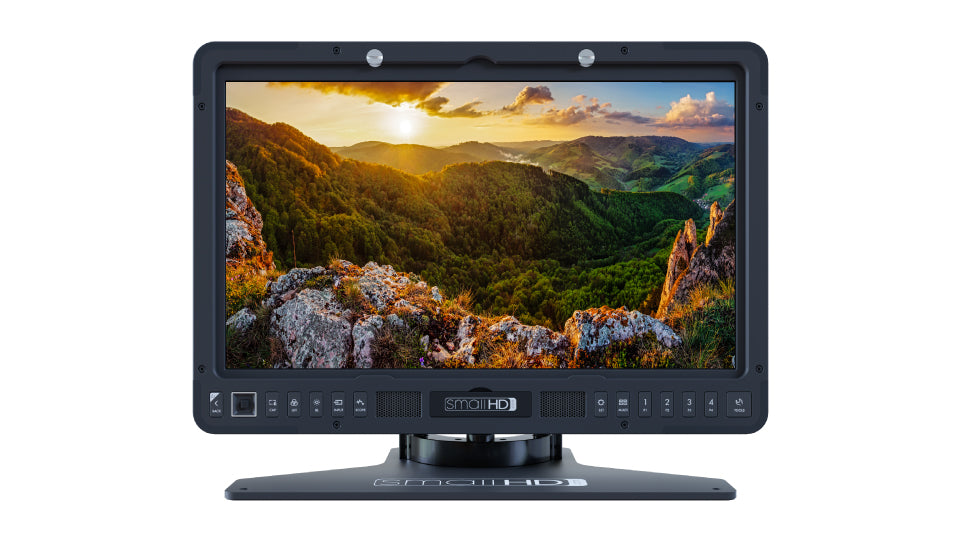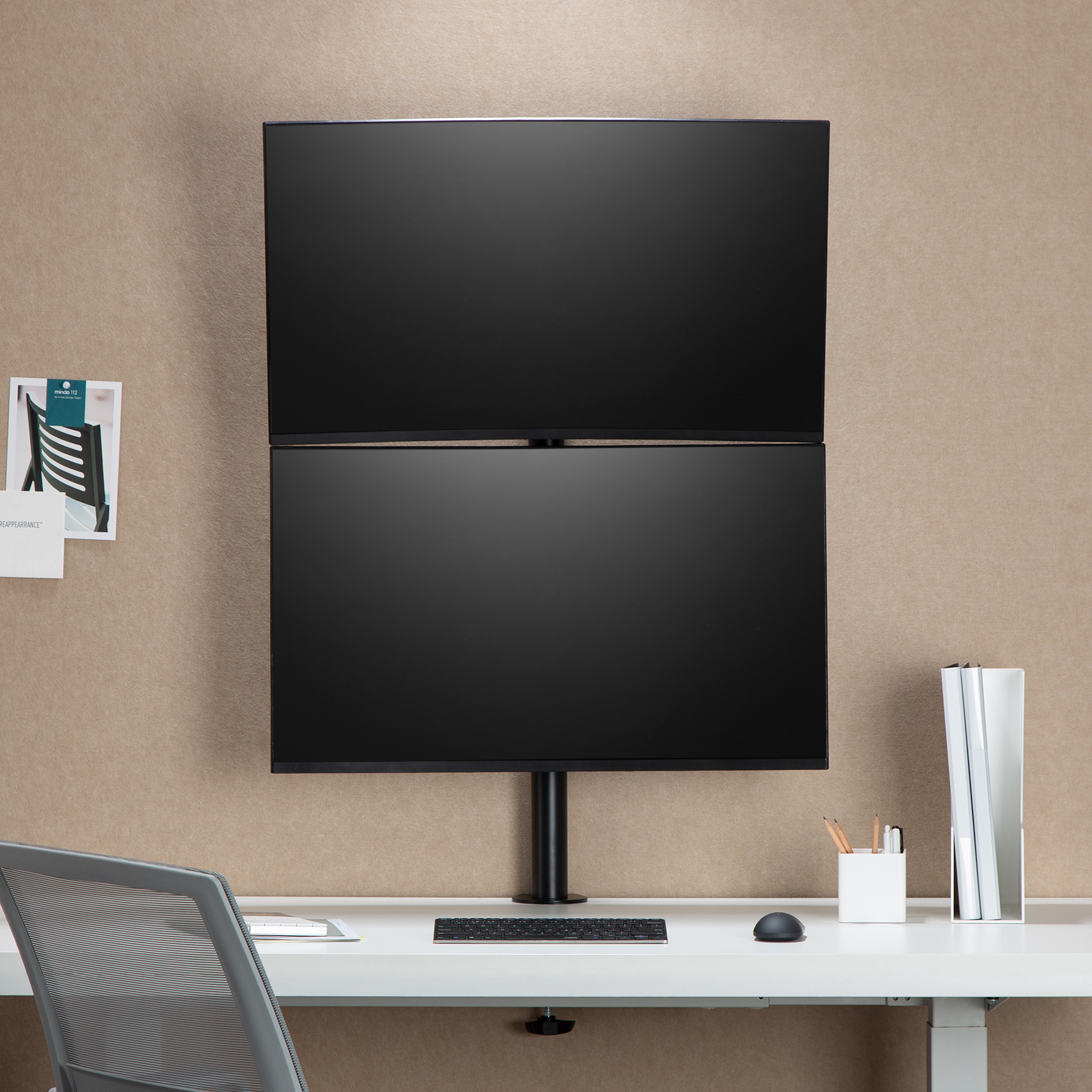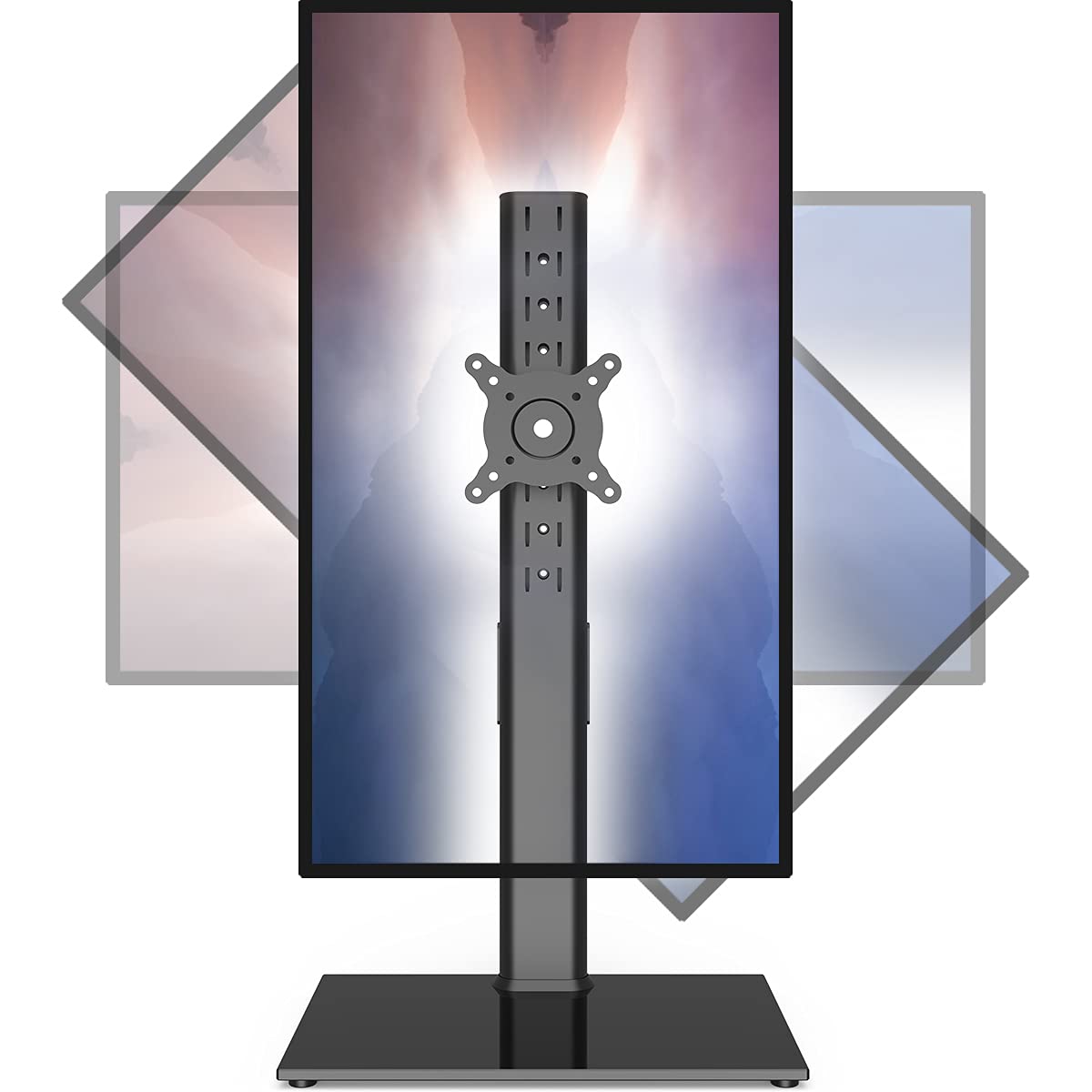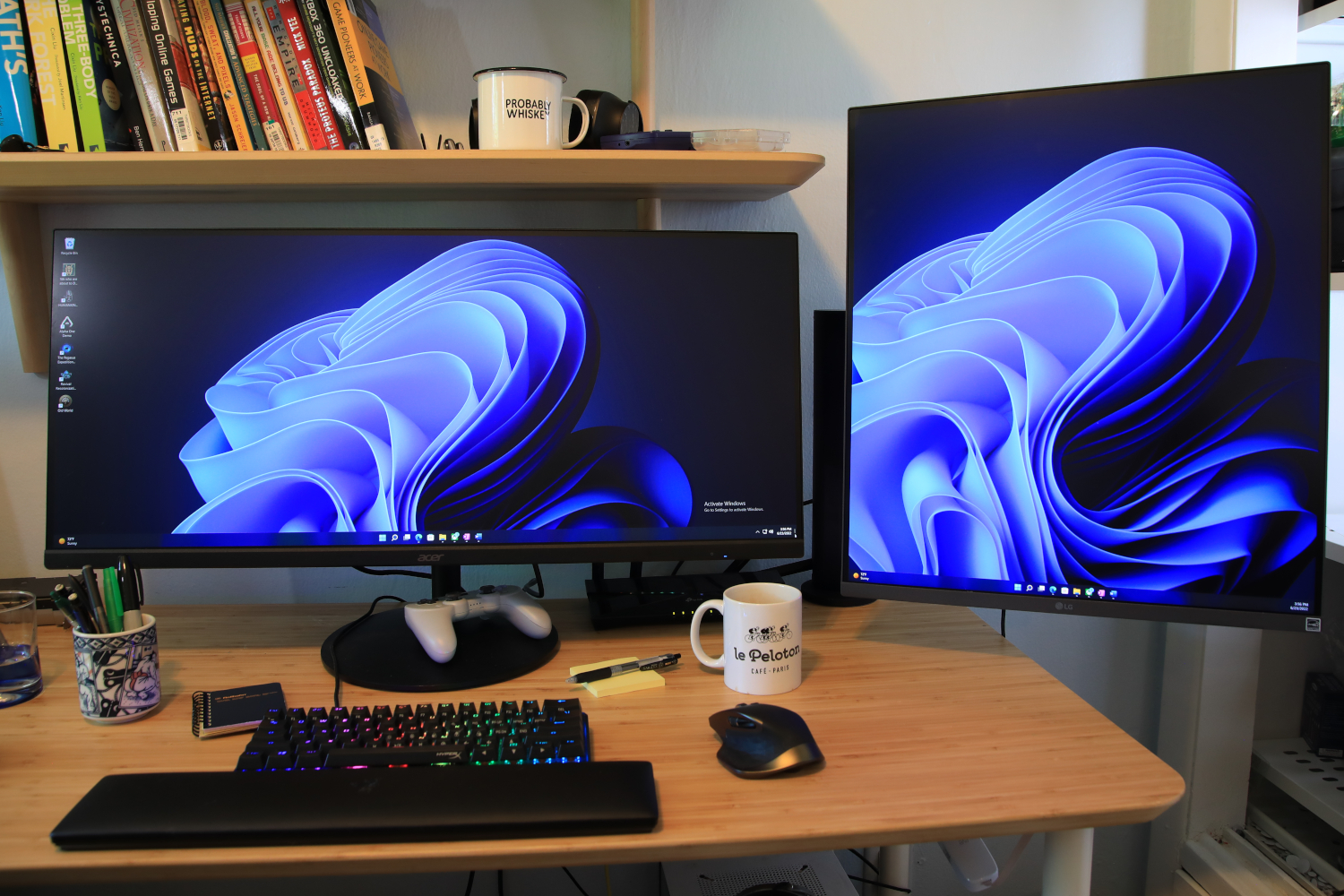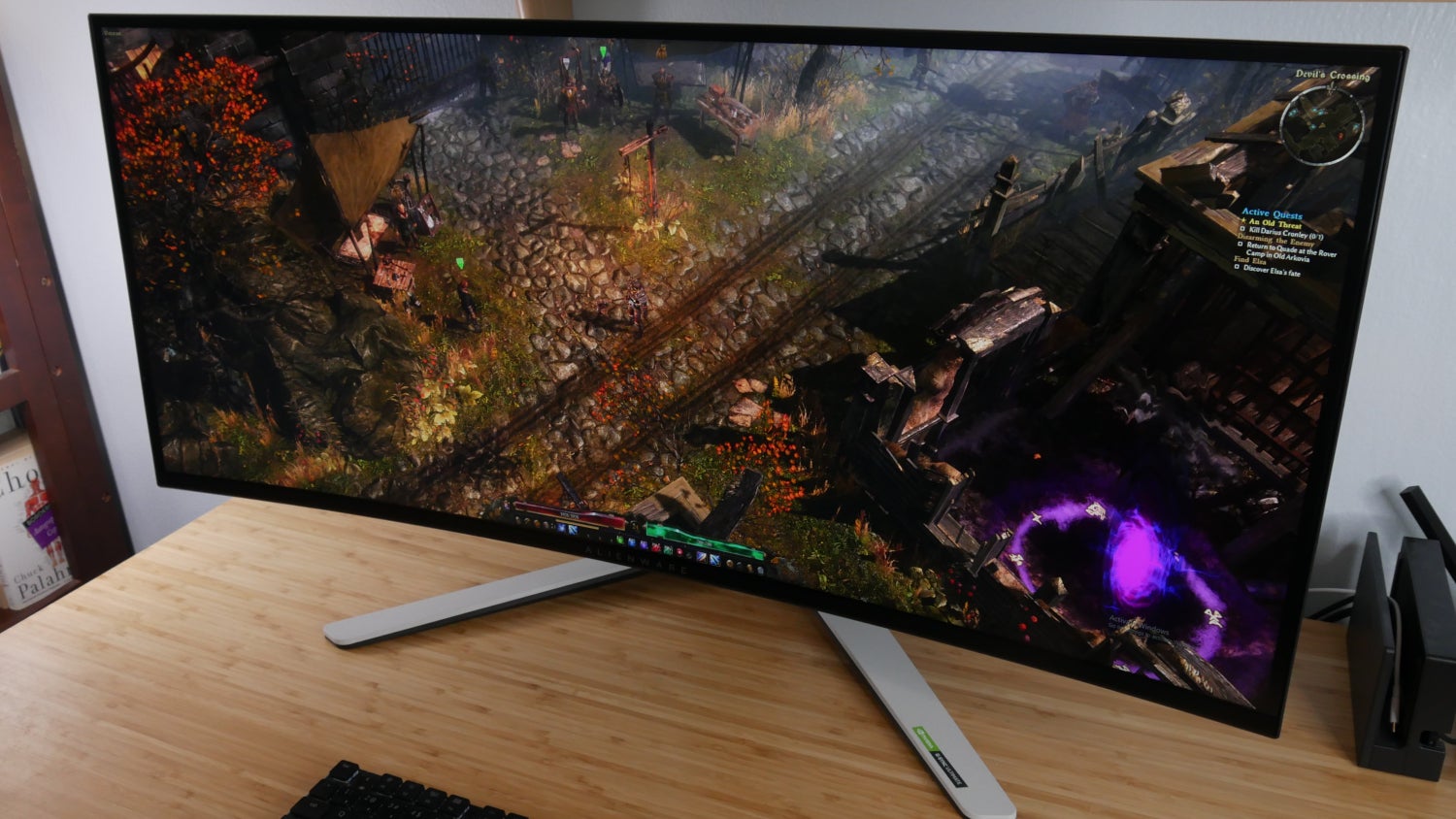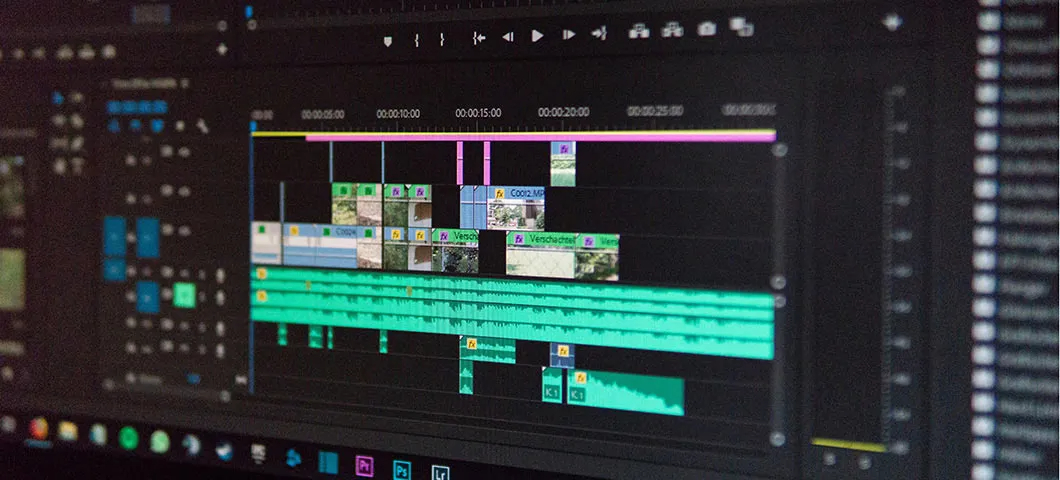How to unjam paper shredder? In the digital age, the humble paper shredder has become an indispensable tool for safeguarding sensitive information and protecting against the ever-present threat of identity theft. These hardworking devices diligently slice through document after document, fulfilling their crucial role in the secure destruction of confidential materials.
However, like any piece of machinery, paper shredders are not immune to the occasional jam or obstruction, a frustrating occurrence that can bring the shredding process to a grinding halt. When faced with a stubborn paper jam, it’s essential to have the knowledge and skills to quickly and effectively unjam the device, ensuring that your secure document destruction efforts remain uninterrupted.
Understanding the Causes of Paper Shredder Jams
Before delving into the process of unjamming a paper shredder, it’s important to understand the common causes of these obstructions, as this knowledge can help users take preventative measures and avoid future issues.
Overloading the Shredder
One of the primary contributors to paper shredder jams is the overloading of the device, as users attempt to shred too much paper at once. While paper shredders are designed to handle a specific capacity, exceeding these limits can lead to jams, clogs, and even damage to the internal components.
Improper Paper Feeding
Another common cause of paper shredder jams is the improper feeding of documents into the device. If the paper is skewed, overlapping, or not centered correctly, it can become caught in the shredder blades, leading to a frustrating obstruction.
Introducing Foreign Objects
In addition to excessive paper intake and improper alignment, paper shredder jams can also be caused by the introduction of foreign objects or debris into the device. Items such as paper clips, staples, or even small pieces of plastic can become lodged in the shredder, obstructing the blades and preventing smooth operation.
By understanding these common causes of paper shredder jams, users can take proactive steps to prevent such issues, ensuring the long-term reliability and performance of their secure document destruction devices.
Unjamming a Paper Shredder: A Step-by-Step Guide
When faced with a stubborn paper jam, it’s essential to act quickly and decisively to resolve the issue and restore your shredder to full operational capacity. By following a systematic, step-by-step approach, users can unjam their devices and resume the secure destruction of confidential materials.
How to unjam paper shredder? Power Down and Unplug the Shredder
The first and most crucial step in unjamming a paper shredder is to power down the device and unplug it from the power source. This critical safety measure helps to prevent any accidental activation of the shredder blades, which could potentially cause injury during the unjamming process.
How to unjam paper shredder? Locate and Identify the Jam
With the shredder safely powered off and unplugged, the next step is to locate and identify the source of the jam. This may involve carefully inspecting the feed chute, the shredder chamber, and any other accessible areas where the obstruction may have occurred.
If the jam is visible and accessible, users can attempt to gently remove the accumulated paper or debris by hand. However, if the obstruction is deeply embedded or difficult to reach, it may be necessary to utilize specialized tools, such as long-handled tweezers or a pair of needle-nose pliers, to extract the offending material.
Carefully Remove the Jammed Paper
Once the location of the jam has been identified, the next step is to carefully remove the jammed paper or debris. This process requires patience and a delicate touch, as users must be mindful of the sharp shredder blades and avoid causing further damage to the device.
Begin by gently pulling the jammed paper out of the shredder, being careful not to tear or shred the material further. If the paper is tightly wedged, it may be necessary to use a tool, such as a butter knife or a pair of tweezers, to carefully pry it loose.
Inspect and Clean the Shredder Mechanism
After removing the jammed paper, it’s important to inspect the shredder mechanism and clean any remaining debris or particles. This can be done using a soft-bristle brush or a can of compressed air, taking care to remove any residual paper or foreign objects that may have contributed to the jam.
Test the Shredder’s Operation
With the jam cleared and the shredder mechanism cleaned, the final step is to test the device’s operation to ensure that it is functioning properly. This can be done by feeding a few sheets of paper through the shredder, carefully observing for any signs of hesitation or further obstructions.
If the shredder operates smoothly and efficiently, users can rest assured that the unjamming process has been successful, and their secure document destruction device is once again ready to handle the demands of everyday use.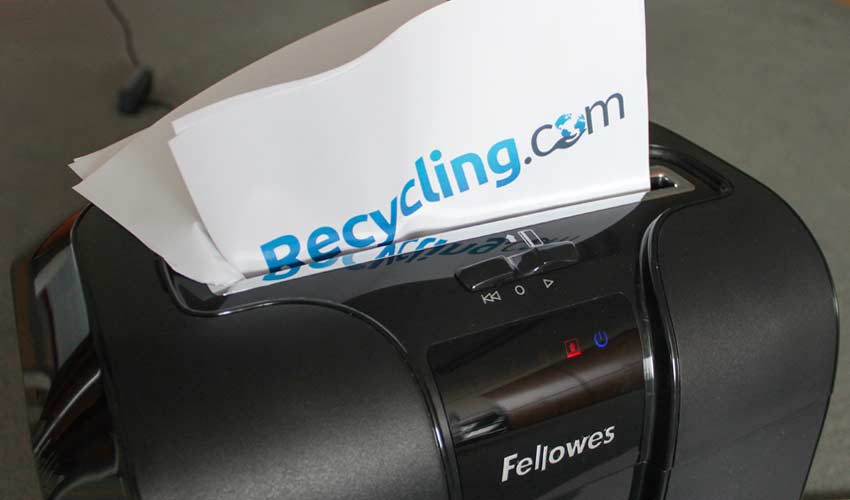
Preventative Measures and Ongoing Maintenance
While the unjamming process is an essential skill for paper shredder owners, the real key to maintaining a reliable and long-lasting device lies in proactive measures and ongoing maintenance. By incorporating a few simple routines and best practices into their regular usage, users can help to prevent future jams and ensure the continued performance of their secure document destruction tool.
Adhere to the Shredder’s Capacity Limits
One of the most important preventative measures for paper shredders is to strictly adhere to the device’s recommended capacity limits. Overloading the shredder by attempting to shred too much paper at once can lead to jams, clogs, and even damage to the internal components.
By respecting the shredder’s capacity guidelines and feeding the device at a steady, controlled pace, users can help to minimize the risk of obstructions and maintain the optimal performance of their secure document destruction tool.
Properly Prepare Documents for Shredding
Another crucial preventative measure is to ensure that documents are properly prepared for shredding, with any staples, paper clips, or other foreign objects removed before feeding the paper into the device. This step helps to eliminate the introduction of potential jam-causing materials, keeping the shredder mechanism running smoothly and efficiently.
Regularly Clean and Maintain the Shredder
To further prevent paper shredder jams and maintain the long-term health of the device, it’s important to incorporate regular cleaning and maintenance into the user’s routine. This may include the use of specialized shredder-safe cleaning solutions, the lubrication of the cutting mechanism, and the removal of any accumulated debris or residue.
By dedicating time to the upkeep of their paper shredder, users can help to ensure the continued reliability and performance of their secure document destruction tool, minimizing the frequency of unjamming interventions and safeguarding the integrity of their sensitive information.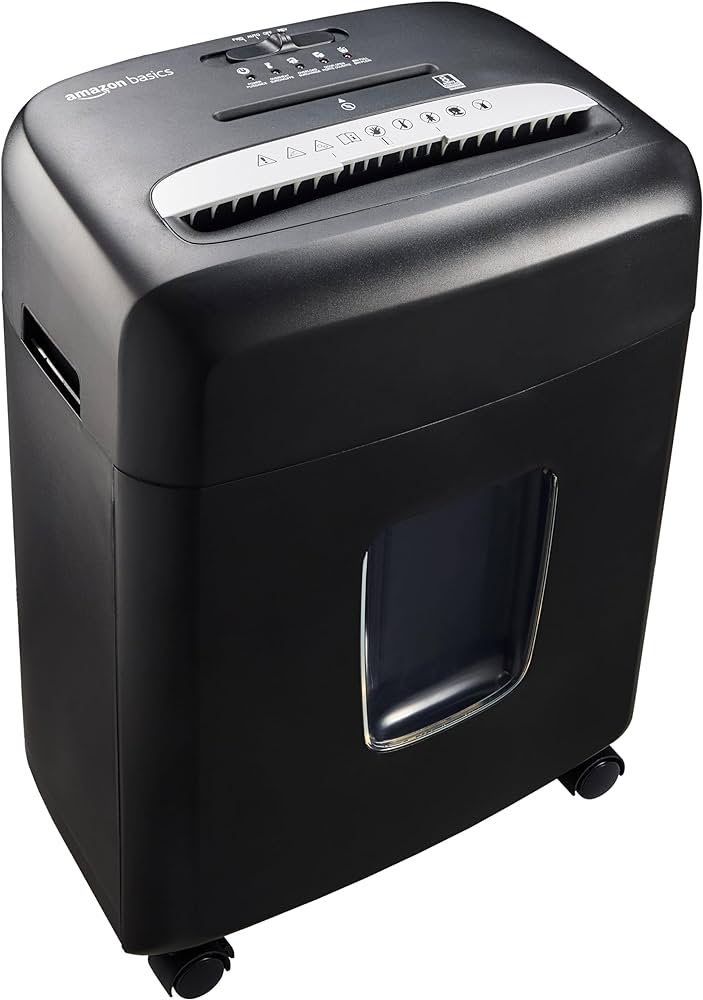
Conclusion: Mastering the Art of Paper Shredder Unjamming for Uninterrupted Secure Document Destruction
The paper shredder is a crucial tool in the arsenal of those who take their privacy and security seriously, providing a reliable and efficient means of destroying confidential documents. However, as these devices diligently fulfill their duty, they can become prone to the dreaded jam, a frustrating occurrence that can disrupt the secure document destruction process.
By understanding the common causes of paper shredder jams and following a systematic, step-by-step approach to unjamming these devices, users can revive their secure document destruction tools, ensuring that their sensitive information remains safely and securely destroyed, time and time again.
Moreover, by embracing proactive measures and ongoing maintenance, paper shredder owners can help to prevent future jams and extend the lifespan of their secure document destruction devices. Through the adherence to capacity limits, the proper preparation of documents, and the regular cleaning and lubrication of the shredder mechanism, users can safeguard their investment and maintain the reliable performance of their essential security tool.
As the need for secure document destruction continues to grow, the importance of mastering the art of paper shredder unjamming will only become more pronounced. By equipping themselves with the knowledge and skills to quickly and effectively resolve paper jams, users can enjoy peace of mind, knowing that their sensitive information is protected from the prying eyes of those who would seek to exploit it.


